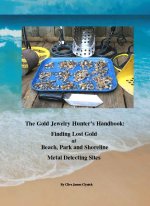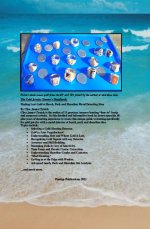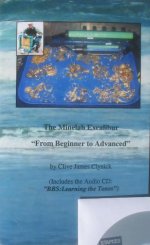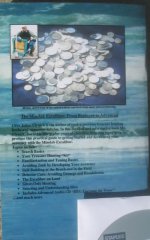New Book! The Gold Jewelry Hunter's Handbook
The Gold Jewelry Hunter’s Handbook:
Finding Lost Gold at Beach, Park and Shoreline Metal Detecting Sites
By Clive James Clynick
Clive James Clynick is the author of 15 previous treasure hunting “how-to” books and numerous articles. In this detailed and informative book he draws upon his 30-plus years of detecting experience to create this unique guide to hunting specifically for gold jewelry with a metal detector at beach, park and shoreline sites. Topics include:
• Selecting a Gold-Hunting Detector.
• Gold in Your Neighborhood.
• Understanding How and Where Gold is Lost.
• Recognizing Gold Signals with any Detector.
• Accuracy and Skill Building.
• Managing Junk by way of Selectivity.
• Time Usage and On-site Course Correction.
• Understanding Shoreline Grades and Contours.
• “Marl Hunting.”
• Getting in at the Edge with Waders.
• Advanced Beach, Park and Shoreline Site Analysis.
…and much more.
$16.95 (100 pgs., 8.5 x 5.5 softbound).
Shipping (US) $ 4:00 / International $ 7:50
Website:
http://clivesgoldpage.com/
E-mail:
[email protected]





